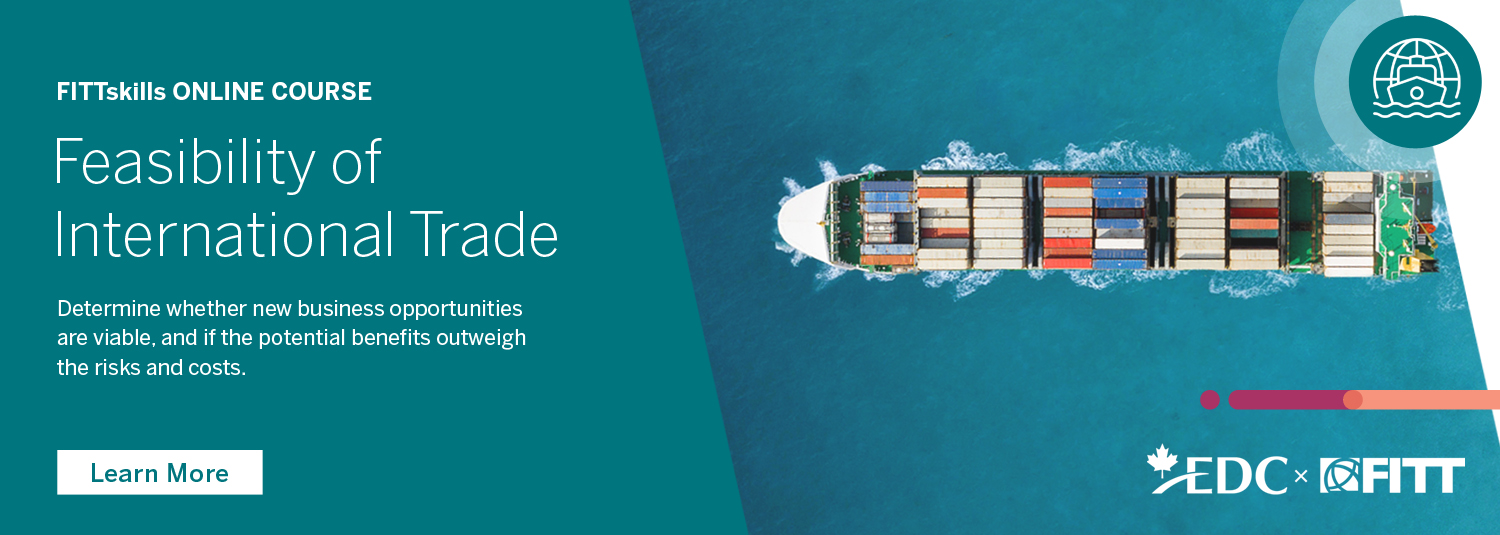Organizations seeking to penetrate a foreign market as a first step toward establishing ongoing commercial relationships have a wide variety of options to choose from. The following sections summarize some of the most common forms of foreign direct investment. They are direct in the sense that an organization invests in them in a manner that is not intermediated.
This factor distinguishes them from indirect investments in securities, bonds, funds, or currencies. Understanding these different investment options is critical to researching which ones best suit a given organization, target market, and/or venture.
Ownership-based investments
One type of foreign direct investment is based on establishing an ownership position over an asset or assets. The following are some of the most common types of ownership-based investments:
Greenfield
The investing organization establishes a completely new operation in a target market, building it from the ground up.
Brownfield
Similar to Greenfield, this is an aggressive market entry strategy. Brownfield investments are an acquisition of existing facilities in the target country. Often this strategy involves some site remediation, such as the clean-up of soil chemicals.
Acquisition
The investor purchases an existing operation in the target market.
Joint venture
The investor identifies a partner with complementary capabilities, and they set up an entirely new operation in the target market, each of them owning a stake proportional to the value of their original contribution. The original founding organizations continue operations as entities distinct from the newly formed joint venture.
Merger
The investor identifies an operation with complementary capabilities, and the two organizations abandon their original distinct identities to join forces into a single, combined new firm. Situational Analysis
Looking to determine if your new trade opportunities are viable? Check out the FITTskills Feasibility of International Trade online course!
Investments based on strategic alliances
This is a category of investment in which resources are contributed directly but do not create a distinct asset. Usually, such investments create partnerships in which the relationship is the only real asset. Investments based on strategic alliances are as follows:
Supplier alliances
Many organizations are investing in stable long-term relationships with suppliers of parts, technology, equipment, or other key inputs. Such investments require more than simply entering into a long-term supply contract. In many cases, they involve harmonization of standards, agreements on quality control, and integration of manufacturing and delivery processes. In technology-driven industries, supplier alliances can include agreements to share research and development (R and D).
Research consortium
There is a growing number of organizations in particular sectors pooling their R and D efforts to improve their ability to face related challenges. In some cases, such consortia focus on developing common standards that allow products to interconnect and interact. In others, they organize something akin to a division of labour by apportioning research tasks to the consortium members best able to carry them out. This can be significant internationally if organizations from different countries bring different kinds of expertise into a relationship.
Co-marketing alliance
Some organizations enter into an agreement to market each other’s products or services as part of their own set of offerings. They do this to fill out product lines and to provide consumers with a comprehensive offering. When the two organizations operate in different countries, this type of arrangement allows one to sell its products in the other country without setting up its own marketing organization. Such arrangements are not cost-free; partners must invest not only in making the relationship work but also in costs such as relabeling and rebranding.
Co-production alliance
Just as organizations exchange marketing services, they can also exchange production facilities. Rather than shipping finished products to a distant market, an organization can enter into an alliance with a local manufacturer to assemble components or manufacture a complete unit according to original specifications. Again, this can be a cost-effective way of entering a market, but it requires an investment in the relationship as well as in the transfer of knowledge, skills, and design.
Bidding consortium
Perhaps the loosest form of strategic alliance occurs when organizations enter into a consortium to bid on a project that none of them could carry out individually. Such consortia are very common in large international infrastructure projects. Even though the organizations retain their distinct identities, entering into a consortium does require some longer-term commitments, especially if the bid is successful and the winners are obliged to work together for several years. The simple fact of participating in a bid can require a significant investment of time, human resources, and money, especially if bid bonds are required.







disqus comments